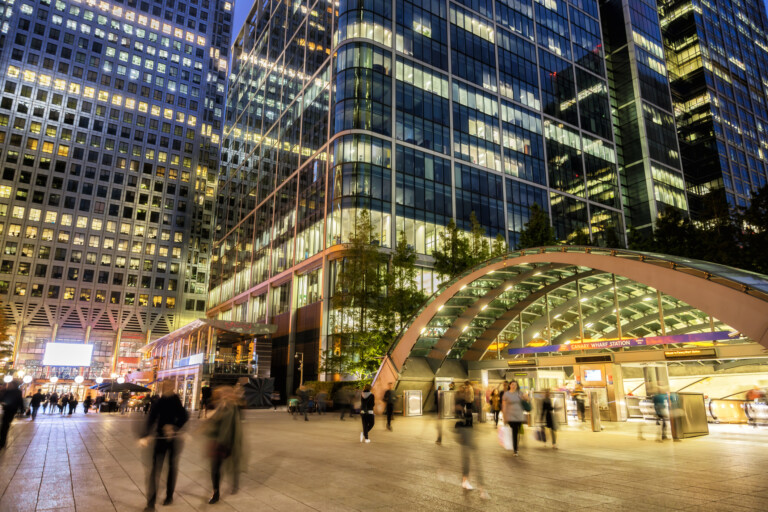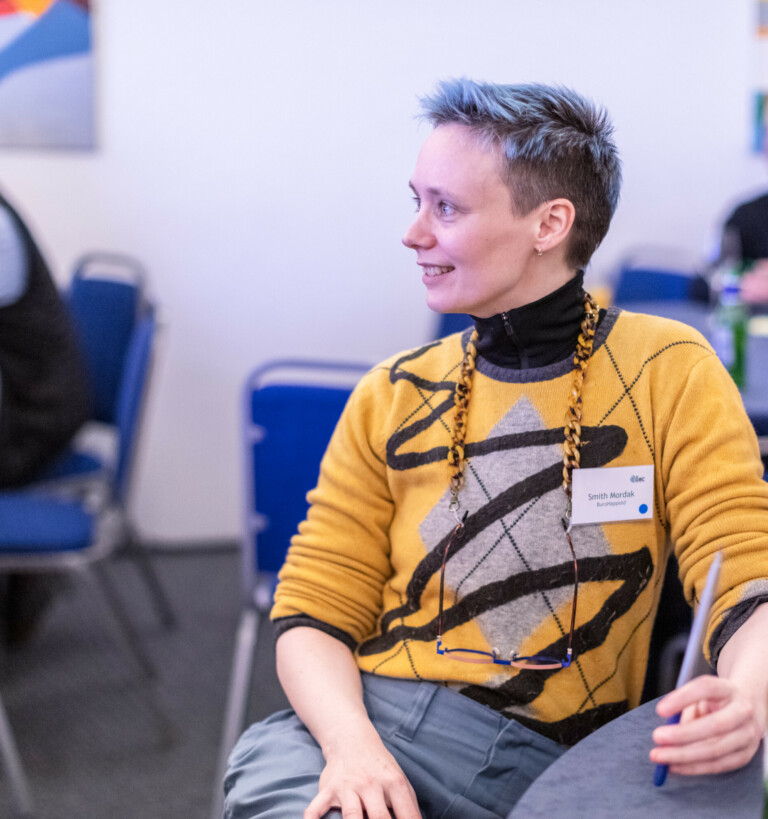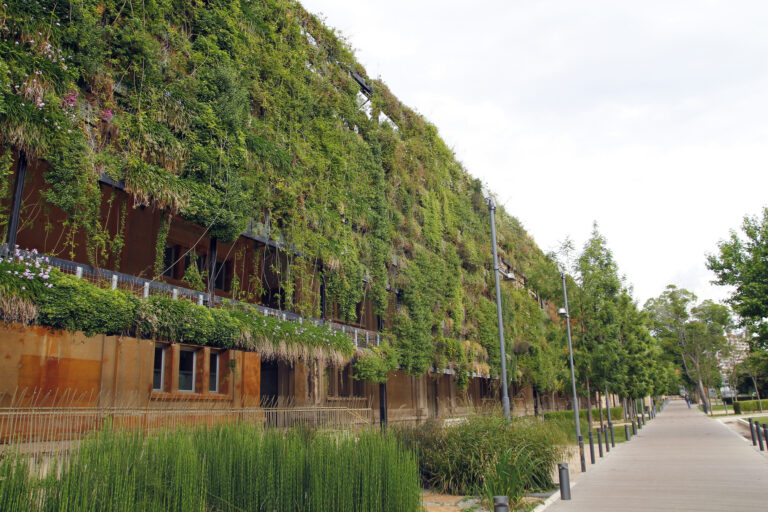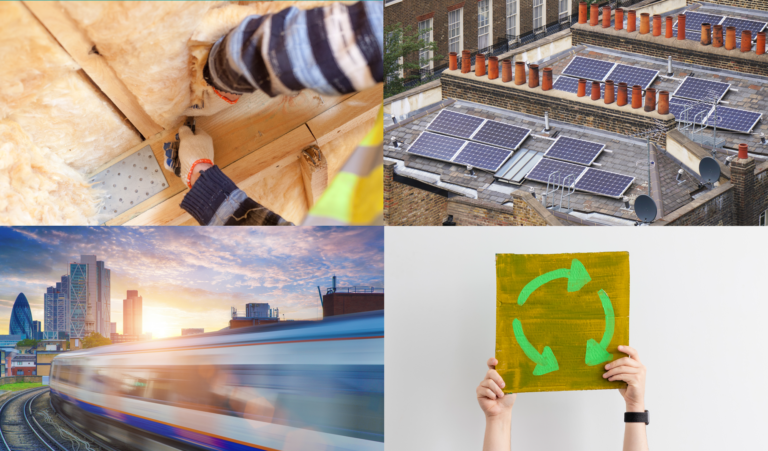How energy efficiency is creating environmental and economic value in cities


The transition to clean energy is urgently needed and inevitable. At consecutive COP meetings, we are yet to see the necessary leap forwards that will keep global temperature rises within the science-based 1.5°C target. At COP27, the conference concluded with talk of phasing down rather than phasing out coal, and little mention of oil and gas.
The transition to green energy and a green economy can be accelerated through action in our towns and cities. The time has come to focus on solutions and action rather than problems and potential. Energy efficiency has clear and tangible benefits and there is one area in which the built environment can take quick action to reduce both emissions and costs – lighting. Whether it be lighting up the homes, city streets, offices, factories or other commercial and municipal buildings, lighting has potential to lower a city’s carbon footprint – quickly.
Why the path to energy efficiency starts with lighting and what can be done
Europe and the UK lag behind much of Asia in the switch to greener lighting. This demonstrates huge potential for energy savings to be delivered in the immediate future.
Smart LED lighting has the highest relative cost saving of any replacement technology, which is made possible both quickly and unobtrusively because it doesn’t require the altering of existing infrastructure to any great degree.
Subsidies can be very effective but only when rolled out in the right way.
Signify data* suggests that in Europe, this would amount to a saving of 65 billion euros, depending on energy rates, if all traditional lights were replaced with low energy alternatives. This also brings the potential to reduce CO2 emissions by 51 million tonnes. Meanwhile, switching all light points in the UK alone could reduce CO2 emissions by 3.9 million tonnes, the amount of emissions that 175 million trees could sequester in a year. Making the switch would also generate electricity savings of 16.1 TWh, which is equivalent to the annual electricity consumption of more than 4.3 million households. In both cases, those savings bring the potential to bolster capacity in energy networks for other purposes including EV charging, capacity for heat pumps etc., and the benefits can be seen in monetary terms. Signify’s data suggests that for an average British household, switching to LED lighting can help save up to £250 per year (i.e., £15-£18 per light bulb).
In terms of encouraging the switch more broadly in the built environment, subsidies can be very effective but only when rolled out in the right way. For example, the UK government recently rolled out subsidies in response to the current energy crisis by subsidising energy bills for consumers and businesses continuously – for a limited period. These measures are little more than a sticking plaster and, as a business model, are completely unsustainable for the long term. For example, households in the UK received a subsidy of £400 for a period of 6 months. For business too, the government introduced the Energy Bill Relief Scheme which supported businesses and organisations with support in the winter. Now, the Energy Bills Discount Scheme is running for 12 months. While these may have lessened the worst impacts of energy bill increases, it will have done little to reduce energy consumption or carbon emissions and also doesn’t bring about energy savings long-term. At some point, subsidies will need to be paid back and the lighting will need to be replaced so municipalities, building owners and families effectively must deal with the problem twice. Instead, what if the subsidy were switched out for a retrofitting measure, like LED lamps. It provides immediate energy- and cost-savings and means you only must deal with the problem once.
The window for action to avert a climate catastrophe will close before our eyes if we don’t treat this with the seriousness it deserves.
The bigger picture
The transition to a sufficiently energy efficient built environment takes an integrated approach at all levels of government and society, and cannot be achieved without a clear, cohesive, and long-term plan. National governments must agree targets on carbon reduction and energy saving, but the action and the work to achieve those targets ultimately takes place in cities, towns and even homes. We are still in the early stages of a transition that truly accounts for renewables energy together, and the potential demonstrates the value it can offer in improving not just the environment, but the economy and our society.
Recent weather events have brought the impact of climate change to the doorstep of cities around the world. The window for action to avert a climate catastrophe will close before our eyes if we don’t treat this with the seriousness it deserves. It is a complex challenge but making the switch to greener, energy efficient lighting represents one of the most immediate, achievable, and cost-efficient actions that can be taken. And whether it be to provide more education, awareness, or practical demonstrations of what is possible, the lighting industry stands ready to support cities and organisations around the world.
To find out more about how Signify’s technology can help make the switch to a more energy-efficient and greener future, go to Flipping the Green Switch* for Europe and UK.
Signify are UKGBC Members and you can learn more about UKGBC’s work on energy efficiency in cities in our Climate Change Mitigation Programme.
Related
Smith Mordak, Chief Executive: “Let’s create our new vision of the future, together.”

We must accelerate the green evolution – but who should be funding it?

Every fraction of a degree Centigrade is worth a million actions – Julie Hirigoyen’s reflection on COP27

The Whole Life Carbon Roadmap – 4 Key Findings You Might Have Missed
